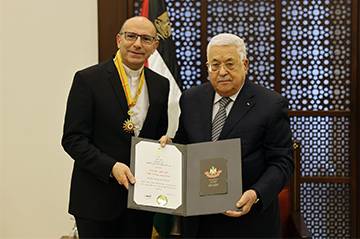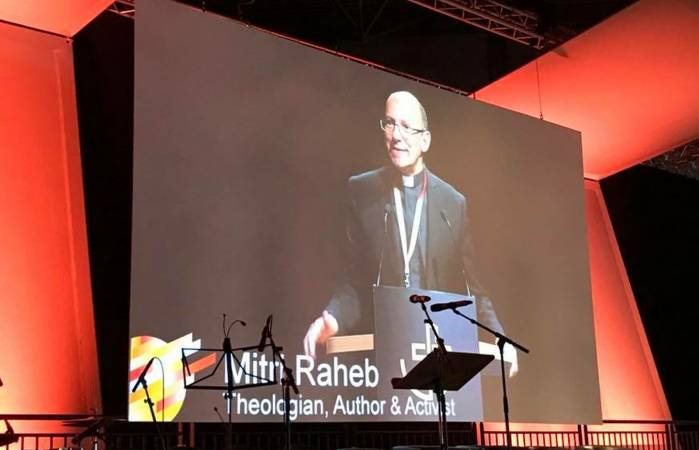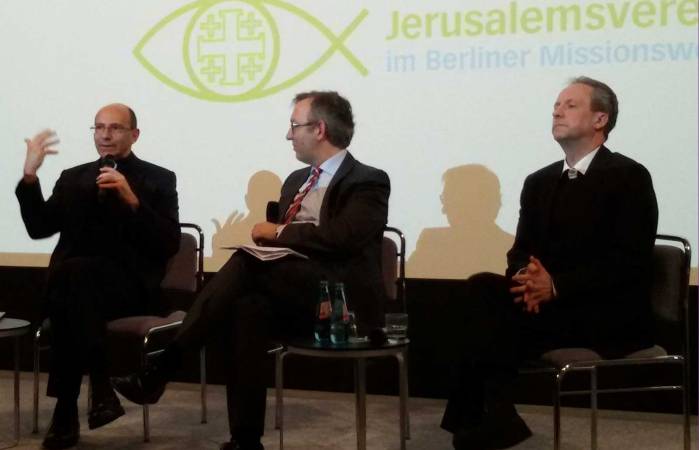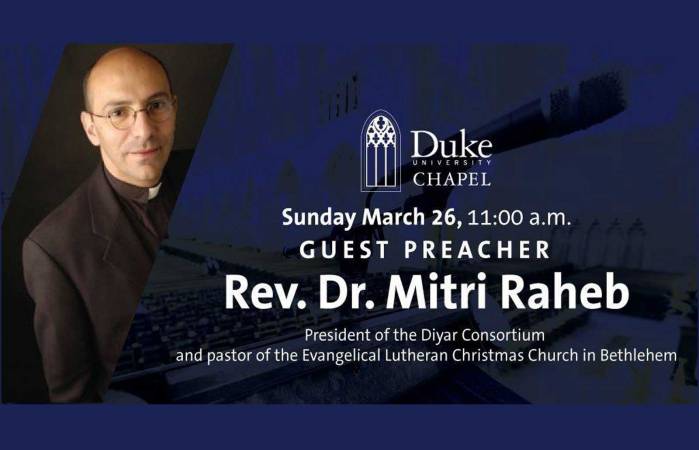Art and Resistance
There was a time when people thought that the Israeli-Palestinian conflict is like a 100-meter sprint. Participants behaved accordingly; they gathered their strength in a concentrated effort and within such a short time. When they reached the goal, they were out of breath, but they could afford it for this short time period. However, increasingly people are realizing that the Israeli-Palestinian conflict, one of the longest ongoing in modern history, is more like a marathon. If participants would behave similar to in a 100-meter sprint, they will perish. They will resign quickly, lose hope and heart and emigrate either physically or psychologically. In a marathon, people need to breathe differently, to train in another way and to run in a well-trained speed. One has simply to have a long breath.
Where there is occupation, there will be resistance. The question therefore is not to resist or not, but how to resist. Culture for Palestinians living in this ongoing and seemingly unending occupation is the art to keep a long breath, thus becoming resilient.
Often I meet people and donors who think that art in this context is a luxury we Palestinians cannot and should not afford. For these donors, relief is what the Palestinians need under occupation. They need bread to eat, to fill their stomach so that they can think. This is usually the logic used. Our tragedy as Palestinians has been that our struggle and since the Balfour Declaration has been often portrayed as a humanitarian crisis rather than one that has to do with identity and self-determination. But people “shall not live by bread alone”. Art is one of the most important elements for people’s survival. In contexts of conflicts, people are concentrating mainly on those who “kill the body” but often they forget about those who “kill the soul”, i.e. the dignity, creativity and vision of a people. Culture is the art for the soul not only to survive but to thrive. Culture is the art to refuse being just on the receiving end, to resist being perceived only as a mere victim. Culture is the art of becoming an actor rather than a spectator. This is the art of creative resistance.
However, art is a necessity not only at times of conflict. art is crucial not only in resisting occupation but it is essential in a positive way of expressing oneself the way one is and to communicate one’s story the way one wants. Art has thus to do with self-expression. Art is the place where we determine who we are as we define ourselves and not as defined by others. Art is the medium through which we communicate what we really want in a language that is different than the political semantics and religious formulas. Within the Palestinian context, people have reached a stage where they feel that political rhetoric does not represent anymore what they think and want. Also, people often feel suffocated from certain forms of religious expressions that have too much religion with too little spirituality. Art is a sacred space where people learn how to breathe freely in a context where the fresh air seems to be almost already used up. This is why I believe that art is one of the most important pillars in a future Palestinian state. The role art and culture will play in our future state is what will determine for many if Palestine is not only their homeland by birth but by choice too. What happens in the cultural zone will indicate the direction Palestine is heading towards: a democratic state where there is not only freedom from occupation but also a state that guarantees legally the freedom of expression and allocates resources to insure that the cradle of the three monotheistic religions will become a major cultural hub for humanity.
Last but not least, art is an important bridge between Palestine and the rest of the world. Although art has to do with expressing oneself as one is, yet this is done always in relation to others. Encountering the other is always important in understanding oneself. It is in the light of meeting a different context that one realizes one’s own unique context. Art becomes thus the space where people can meet others and themselves, where they can discover a language that is glocal and where they realize that in order to breathe; one has to keep windows wide open to new winds and fresh air brought across the seas and oceans. In this encounter, we realize that we are all in the same struggle resisting colonial domination, multi-national corporations, and a dominant exclusive culture that tries to silence our voices. Art becomes thus the means to give face to our struggle, write melodies to our narrative, and to join hands in constructing a new reality.



